Last-Minute NYC Holiday Gift Guide 🎁
We’ve created a holiday gift guide with presents for the intrepid New Yorker that should arrive just in time—

The following is an op-ed by Julia Vitullo-Martin, a senior fellow at Regional Plan Association and Untapped Cities writer.
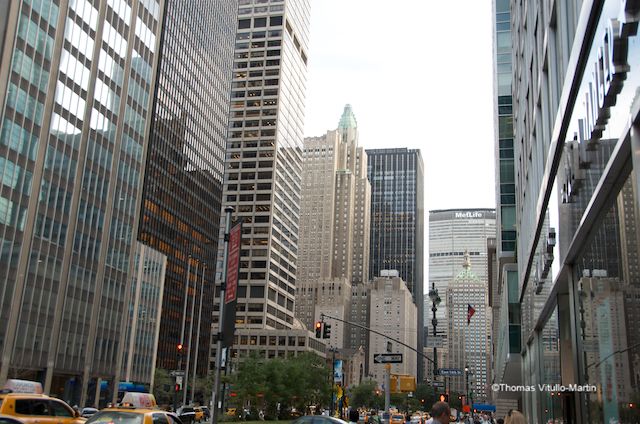
Many of the sleek Modernist buildings in which the advertising “Mad Men” toiled decades ago are now shabby and tired, their once glamorous tenants dispersed to neighborhoods to the west and south. The advertising industry has been gone from Madison Avenue for so long—its exodus started in the early 1970s—that only people of a certain age automatically understood the play on words behind the title of the smash hit “Mad Men.”
Indeed, much of East Midtown is aging badly. Of its 400 buildings, some 300 are more than 50 years old. Even those with handsome limestone exteriors that look good from the outside tend to have overly small interior spaces, low ceilings, and out-of-date mechanicals. The now mostly dreary post-war Modernist buildings have the same problems—but without the handsome exteriors.
Yet Midtown is not only the largest commercial district in the country, it is New York City’s historic core. As urban economist John Alschuler, the New York-based chairman of HR&A Advisors, says, “No city is better than its primary location. You can’t let your core decline and expect that other neighborhoods will make up for it.”
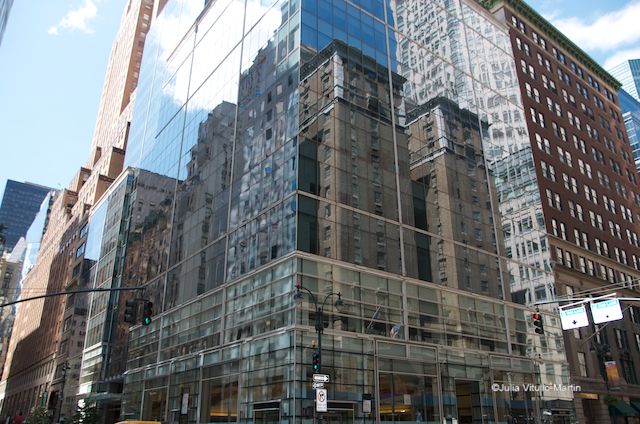
Thus the Bloomberg administration, with a keen eye on New York’s international competitiveness, is urging an upzoning of the 74-block area anchored by Grand Central Terminal to permit taller, denser towers under certain limited conditions. Only buildings on sites with full avenue frontage and a minimum of 25,000 square feet of lot size will qualify for consideration. Qualifying owners must then make an upfront payment of $250 per square foot, a District Improvement Bonus (DIB), into a city fund to pay for new public investment in transit and pedestrian improvements. In an op-ed in the Daily News, Mayor Bloomberg estimated the fund would yield more than $500 million—a “significant portion” of which will be advanced by the city to implement the improvements in advance of development.
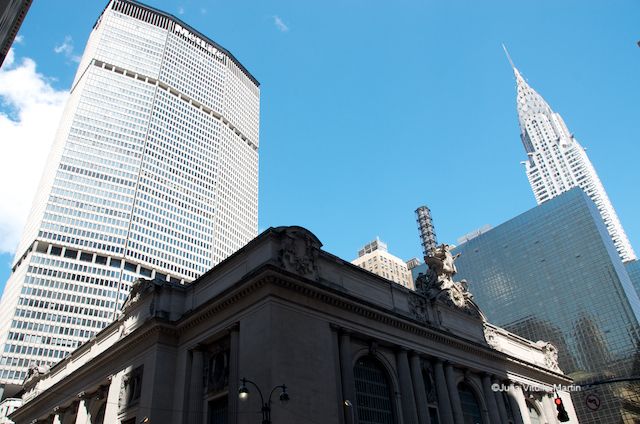
If there’s one thing that nearly all of today’s urbanists agree it’s that transit-oriented-development is good: cities should encourage development at their transit hubs. Yet the Bloomberg administration’s proposal to do just that by giving extra density to developers in East Midtown has been met by explosive criticism by those who generally position themselves as TOD advocates. The New York Times, for example, assailed the rezoning for “adding a small army of new skyscrapers around the elegant Grand Central Station.”
That’s not actually what the rezoning would do—there would be no small army, just a handful of towers—but isn’t the very essence of Grand Central Terminal to be a transit hub? And shouldn’t we want far more development at that hub than New York had 100 years ago when it was built? It’s true that the construction of the Pan Am (now Met Life) building, often called the most reviled building in New York, seems to have permanently distorted our judgment of the area. But we should want high-density numbers of people working and living as close to Grand Central as possible. Yes, that means huge transit improvements—Grand Central is overcrowded at rush hours, and the 4/5/6 Lexington Avenue lines are almost barbaric much of the time—and an entire rethinking of the streetscape, which utterly lacks the fun and energy of newer districts like Madison Square.
The truth is Midtown’s current zoning is a mess, and has been since the major revisions of 1961, despite several modifications. The zoning isn’t accurate for many of the existing buildings, much less appropriate for the ever-changing world to come. Planners have pushed for changes since the early 1990s, and the Bloomberg administration has correctly decided to get something done.
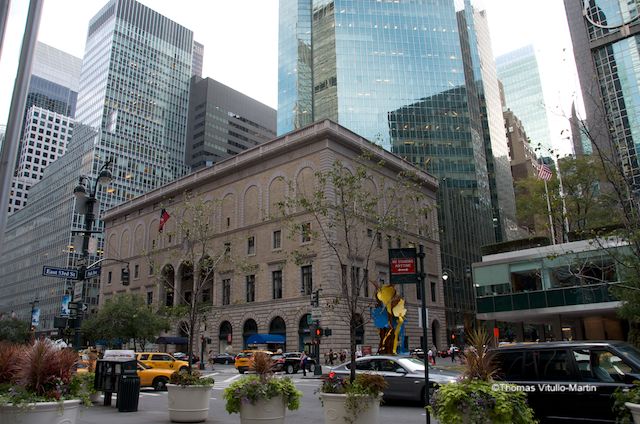
Bloomberg’s East Midtown Rezoning is not the blanket rezoning that critics have claimed. It’s the opposite—the underlying zoning stays, and a few building sites (20, estimates the Draft Environmental Impact Statement, by including sites under the old program; 12, says City Planning) will be eligible for more height and bulk. Its most famous buildings—Chrysler, Seagram’s, Lever House, St. Bartholomew’s Church, St. Patrick’s Cathedral, GCT itself—are not only protected by Landmarks, but several will be able to benefit from the plan’s expansion in their ability to sell and transfer their unused development rights to a wider selection of sites than before.
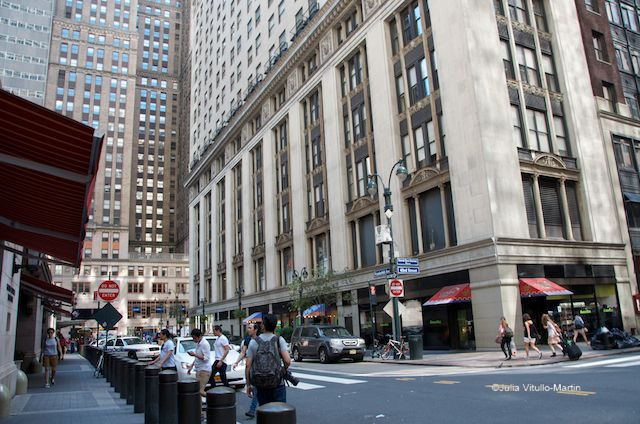
But what about the current urban fabric, the many likable, good-looking, but architecturally unrenowned pre-war buildings that now stand on so many blocks? Most will be untouched by the new zoning, though some of the large ones, including those long slated for redevelopment, will qualify. S. L. Green, for example, is planning a tower to be designed by Kohn Pedersen Fox at the corner of Vanderbilt and 42nd Street. Personally, I love the current building (though the commenters on Curbed call it mediocre and boring), but I recognize that no top corporate tenant—which is what GCT should be attracting—would dream of moving into such an obsolete building, however pretty. If any corner should be primed for TOD, it’s the one opposite Grand Central. And, under Bloomberg’s DIB, Green will pay a minimum of $32 million into the fund, and some $150 million should it decide to opt for maximum density.
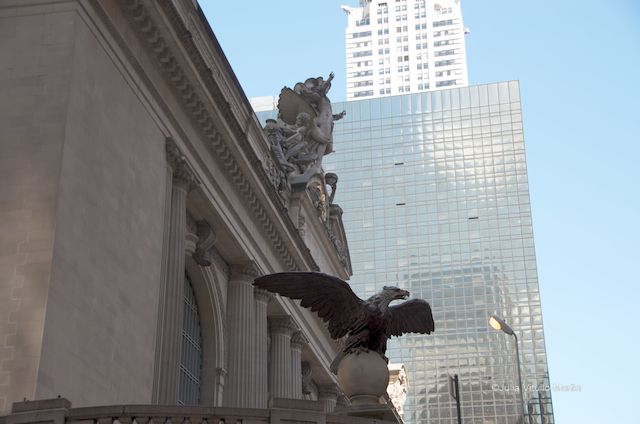
Yes, the critics are correct that the area needs vastly improved infrastructure. But we have two choices: one is to continue on the path of decline and overcrowding. The better choice is to embrace development that will pay for improvements, a strategy employed at Hudson Yards and the Penn Station Redevelopment District. My colleagues at Regional Plan Association, urge the city and MTA to start with building out the concourse for the Lexington Avenue subway, and add new connections and a mezzanine for the Flushing 7 line. RPA president Bob Yaro says the extension of the Second Avenue Subway down the length of Manhattan to Wall Street is critical. Transit advocates have many serious recommendations, and will be holding the MTA’s feet to the fire on getting them done.
This rezoning provides East Midtown with the tools to be ready for the next round of great-city competition. “We have to be willing to engage in a transformation of our core,” says Alschuler, “replacing the buildings that don’t meet modern commercial requirements. Do you love central Paris? Of course, but its preservation is what gave us La Defense, just as the preservation of central London gave us Canary Wharf. You can’t decry one while lauding the other.”
Bloomberg has opted for a different strategy. Instead of proposing a huge Canary Wharf or La Defense to absorb new development, the city will allow a few large buildings on a selective basis. Each one will require a special permit, which must in turn go through the city’s arduous community review process. If there are worthy buildings on the chopping block, preservationists will have their chance to make their case.
In other words, the critics will have another round. In the meantime, let’s get the rezoning done.
Do you have an opinion on East Midtown Rezoning? Attend tomorrow’s public hearing: Wednesday, August 7th, 2013, 9:00 AM in the Auditorium of the National Museum of the American Indian, One Bowling Green, New York, New York
Julia Vitullo-Martin is a senior fellow at Regional Plan Association. Get in touch with her @JuliaManhattan.
Subscribe to our newsletter